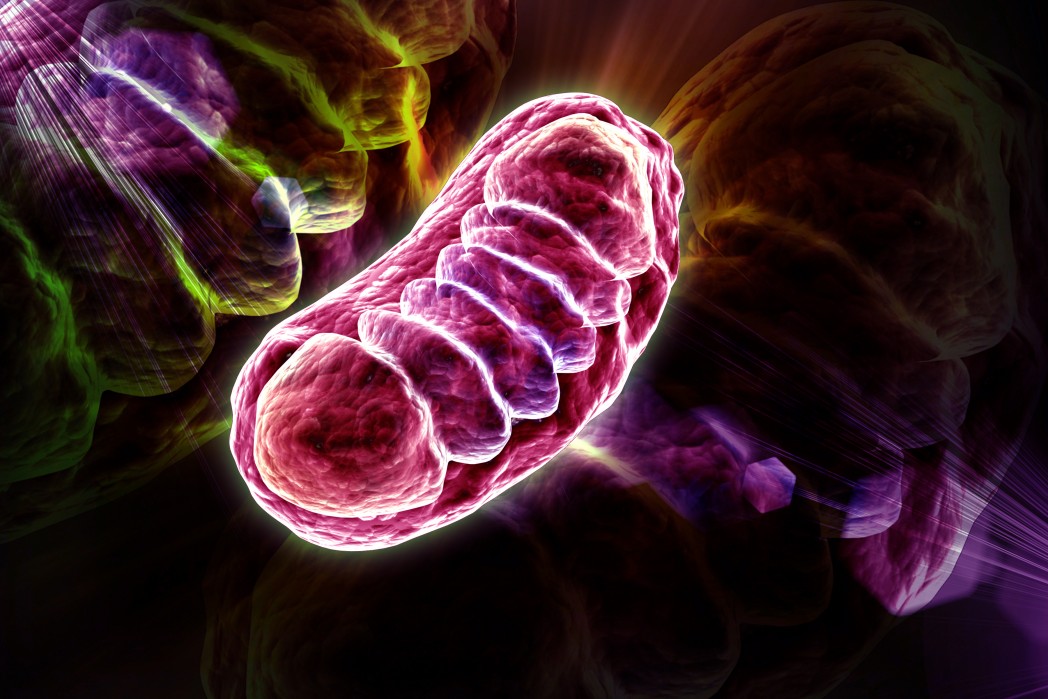ALS Culprit Protein Chokes Mitochondria, Killing Neurons, According to Recent Discovery

Researchers at Case Western Reserve University School of Medicine have shed light on the mechanism by which a protein called TDP-43 kills nerve cells in amyotrophic lateral sclerosis (ALS) and the related disease frontotemporal dementia. The protein causes neurodegeneration by getting stuck inside mitochondria, preventing these cellular powerhouses from providing energy for the cell.
The report, “The inhibition of TDP-43 mitochondrial localization blocks its neuronal toxicity,” and published in the journal Nature Medicine, suggests that the findings might have an impact reaching far beyond the ALS field, as aggregation of TDP-43 outside the nucleus of nerve cells is also found in other neurodegenerative diseases, such as Alzheimer’s, Parkinson’s and Huntington’s.
About 10 years ago, researchers discovered that TDP-43 was likely underlying the development of ALS. Patients with rare inherited forms of the disease carry mutations in the gene coding for the protein. Likewise, patients with no familial connection may end up with heaps of the protein in the part of their nerve cells called the cytoplasm.
The cytoplasm is the gel-like inner part of a cell surrounding the nucleus but holding other cellular structures. Scientists soon learned that the protein was supposed to be in the nucleus, where it helped process RNA molecules produced as blueprints for protein synthesis. But exactly how the lack of the protein in the nucleus kills nerve cells has continued to be an enigma.
Researchers with the team of Xinglong Wang, PhD, in the department of pathology at Case Western, studied neurons from deceased ALS patients under the microscope and discovered that TDP-43 accumulates inside mitochondria. These energy-making structures are absolutely crucial to a cell’s health and survival, and they harbor their own DNA.
Once inside the mitochondria, TDP-43 started doing what it does best — processing RNA. This misplaced processing had a huge impact on the function of the energy-producing capacity of the mitochondria, as one of the complexes in the intricate energy-making machinery was destroyed. It was as if the roofer came to the construction site one day and began placing roofing tiles in the foundation.
They also discovered that mutated forms of the protein ended up in mitochondria more often than normal protein. But the team did not stop there. They found the particular regions of the protein that knocks on the mitochondrial door, prompting the sub-cellular structure to let it in. These regions could be targeted with drugs to prevent TDP-43 from entering mitochondria — a treatment approach the research team showed could work in mice. Stopping the protein from doing its work in the wrong place almost completely prevented cell toxicity and neurodegeneration.
“We, for the first time, provide the novel concept that the inhibition of TDP-43 mitochondrial localization is sufficient to prevent TDP-43-linked neurodegeneration,” Wang said in a news release. “Targeting mitochondrial TDP-43 could be a novel therapeutic approach for ALS, frontotemporal dementia, and other TDP-43-linked neurodegenerative diseases.”
Wang and his team are now developing drugs that prevent TDP-43 from entering mitochondria in human cells and have already filed a patent for the molecule they used in the study.






